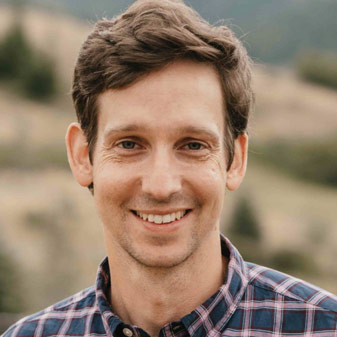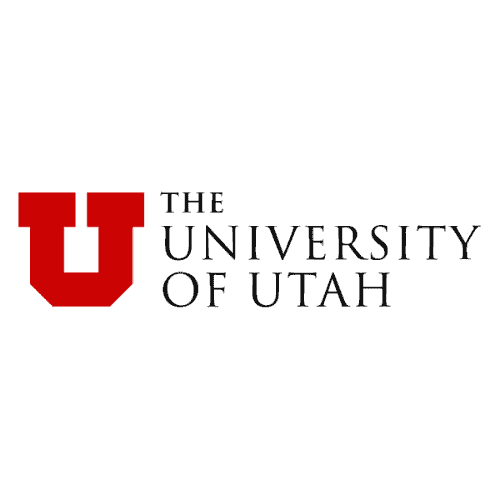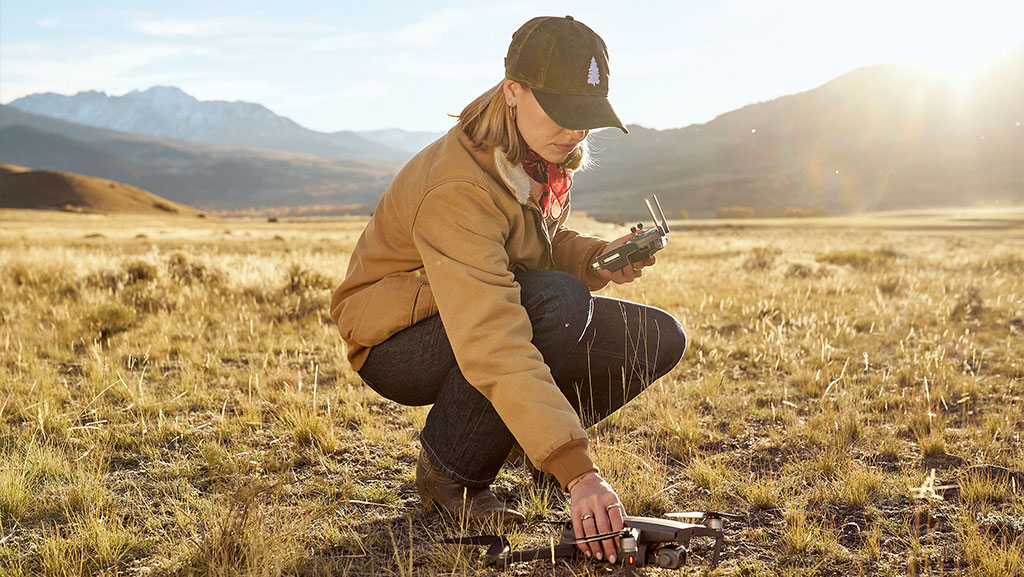Wildfire risk is intensifying across the western United States. The Congressional Joint Economic Committee estimates wildfires cost between $394 billion and $893 billion annually, equal to 2–4 percent of U.S. GDP. These costs stem from impacts such as property damage, health impacts of smoke exposure, lost income, contamination of water resources, timber loss, and loss of ecosystem services. And the problem is only getting worse. Over the past 20 years, the most destructive and dangerous fires have grown more quickly.
The risks wildfires pose have increased due to population growth near wildlands, climate change, and accumulation of fuels. While fuel treatments—such as mechanical thinning and prescribed burns—are widely recognized as effective tools to mitigate wildfire risk, these practices remain underused and often fail to reach the scale necessary for significant impact. In response, PERC researchers have compiled a new database that categorizes wildfire risk and fuel treatment efforts on U.S. Forest Service land by state and congressional district. This data shows who is most affected by wildfire risk and which areas have the most pressing needs for proactive management.
PERC’s new wildfire risk map visualizes the data and provides a clear picture of the threat, enabling policymakers to identify key areas and prioritize resources to be deployed on the landscapes that need them most. The map shows how many acres have burned in western states in recent years, how many acres are at risk of burning, and how many acres have been treated with restoration practices—essential information when making forest management decisions.
Highlights
- Over the periods studied, 12.5 percent of all Forest Service land in the West burned, while only 3.6 percent of the land received fuel-reduction treatments.
- Treatment numbers are the most striking for California, which saw 24 percent of its Forest Service land burned with only 3 percent of its acres treated.
- Of the 10 congressional districts with the largest shares of Forest Service land that burned, eight are in California, and two are in Arizona.
- Nine of the 10 congressional districts with the highest percentages of Forest Service land at high wildfire risk are in California, yet five of these districts have received treatment on less than 1 percent of their acreage.
Mapping Wildfire Risk
Click on the highlighted areas below to compare fuel treatment, wildfire risk, and area burned by congressional district.
For each district, the map provides the percentage of U.S. Forest Service land that is at high wildfire risk, was burned by wildfire from 2010-2020, and was treated with prescribed burning or mechanical thinning from 2013-2023.
In the contiguous western United States, approximately 60 percent of the area burned by wildfires over the past two decades is on federal land. The cost to suppress these fires is expected to rise by 42 percent by 2050. Of the more than 900,000 acres of federally managed land that burned in 2023, 65 percent was under the jurisdiction of the U.S. Forest Service. The Forest Service manages 41 percent of the land in Idaho, as well as more than a fifth of California, Colorado, Montana, Oregon, and Washington (see Table 1). In California, where the Forest Service manages 23 percent of the land, 57 percent of the total acres burned by wildfire in 2023 were managed by the agency. Across the West, nearly half of the land managed by the Forest Service is considered to be at “high risk” for wildfire.
Fuel Treatments
The Forest Service has advocated for landscape-level fuel treatments due to their ability to reduce “the rate of spread, progression, extent, or severity of wildfires both within and outside of treatment areas.” Treating western forests reduces canopy scorch during wildfire from 100 percent to just 40 percent. It also results in a significant reduction in scorch height and flame length. Additionally, crews can more easily fight wildfires in landscapes that have received fuel treatments.
Mechanical treatments use machinery to remove and rearrange vegetation in a forest with the intent of reducing ladder fuels, such as dead trees and low branches and shrubs, and decreasing canopy density. While prescribed burns are less precise and carry more risk, they offer a lower-cost and less labor-intensive method of reducing fuel loads by applying fire in a controlled manner. By burning ladder fuels, prescribed burns effectively raise the crown of the forest, disrupt the growth potential of a surface fire, limit a potential wildfire’s intensity, and reduce the probability of spot fire ignition.
Between 2010 and 2020, 18 percent of Forest Service land in the West was burned by wildfire. For some congressional districts, the statistic is significantly higher. In California’s 31st Congressional District, located in Los Angeles County, 38 percent of the land is managed by the Forest Service, and 48 percent of that portion was burned by wildfire between 2010 and 2020. Similarly, in California’s 29th, in north-central San Fernando Valley, 92 percent of the 42 percent of the district managed by the agency burned. Table 2 shows the 10 western congressional districts with the greatest portions of Forest Service land burned by wildfire between 2010 and 2020. All are in California or Arizona. The table also shows the portion of the congressional district that is Forest Service land and the share of agency land that has been treated.
How Much Treatment?
Despite the documented effectiveness of fuel treatments and the large portion of Forest Service land classified at high risk for wildfire, between 2013 and 2023, only 3.7 percent of western Forest Service land had received treatment. Table 3 shows the 10 congressional districts with the highest portions of Forest Service land at high or very high wildfire risk. All but one are in California. Of these districts, the share of agency land that has been treated ranges between 0.1 percent and 3.8 percent.
The vulnerability of a geographic area to wildfire is contingent on humans, weather, and ecological conditions. Dillon Gregory of the USFS built a database classifying areas based on wildfire risk to inform land managers of areas that should be prioritized for fuel treatment. Areas with high wildfire risk contain fuels with a “higher probability of experiencing torching, crowning, and other forms of extreme fire behavior under conducive weather conditions.” Of the western land managed by the Forest Service, 44 percent is classified as being at “high risk” for wildfire. California’s 27th, encompassing much of northern Los Angeles County, for instance, is 28 percent Forest Service land, of which 91 percent is at high risk of wildfire.
What Limits Treatment?
The ability of the Forest Service to implement fuel treatment is limited by budget, staffing, and regulatory constraints. Between 2010 and 2020, federal spending on fire suppression was five times greater than spending on fuel treatments. The agency may face “soft constraints,” whereby fuel treatments become more expensive and time-consuming due to requirements of complying with National Ambient Air Quality Standards or critical habitat designations. Firm rules, or “hard constraints,” prevent any fuel treatment projects from occurring on lands designated as wilderness or roadless areas. The percent of Forest Service land in each western state that is constrained by either “soft” or “hard” factors can be found in Table 4. Soft-constrained land is inclusive of hard-constrained land.
Conclusion
Proactive forest restoration that harnesses prescribed fire and selective thinning can help reduce the risk of catastrophic wildfire by limiting the amount of fuel available to a fire. Implementing these treatments in the most opportune locations will be critical to tackling the wildfire crisis. PERC’s wildfire risk map provides precise information about the threats facing western communities and can be an essential tool to help strategically restore forests and reduce fire risks.






